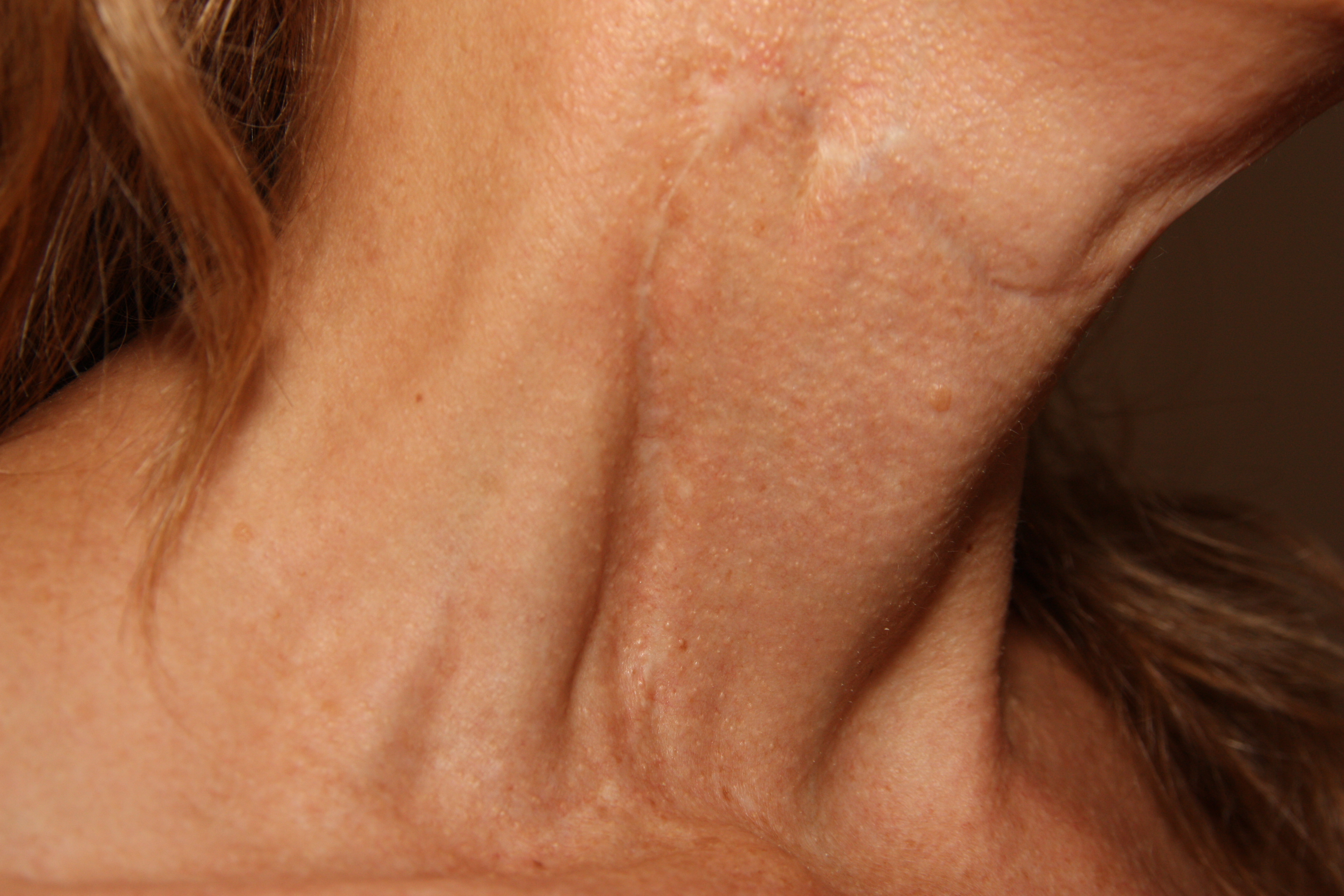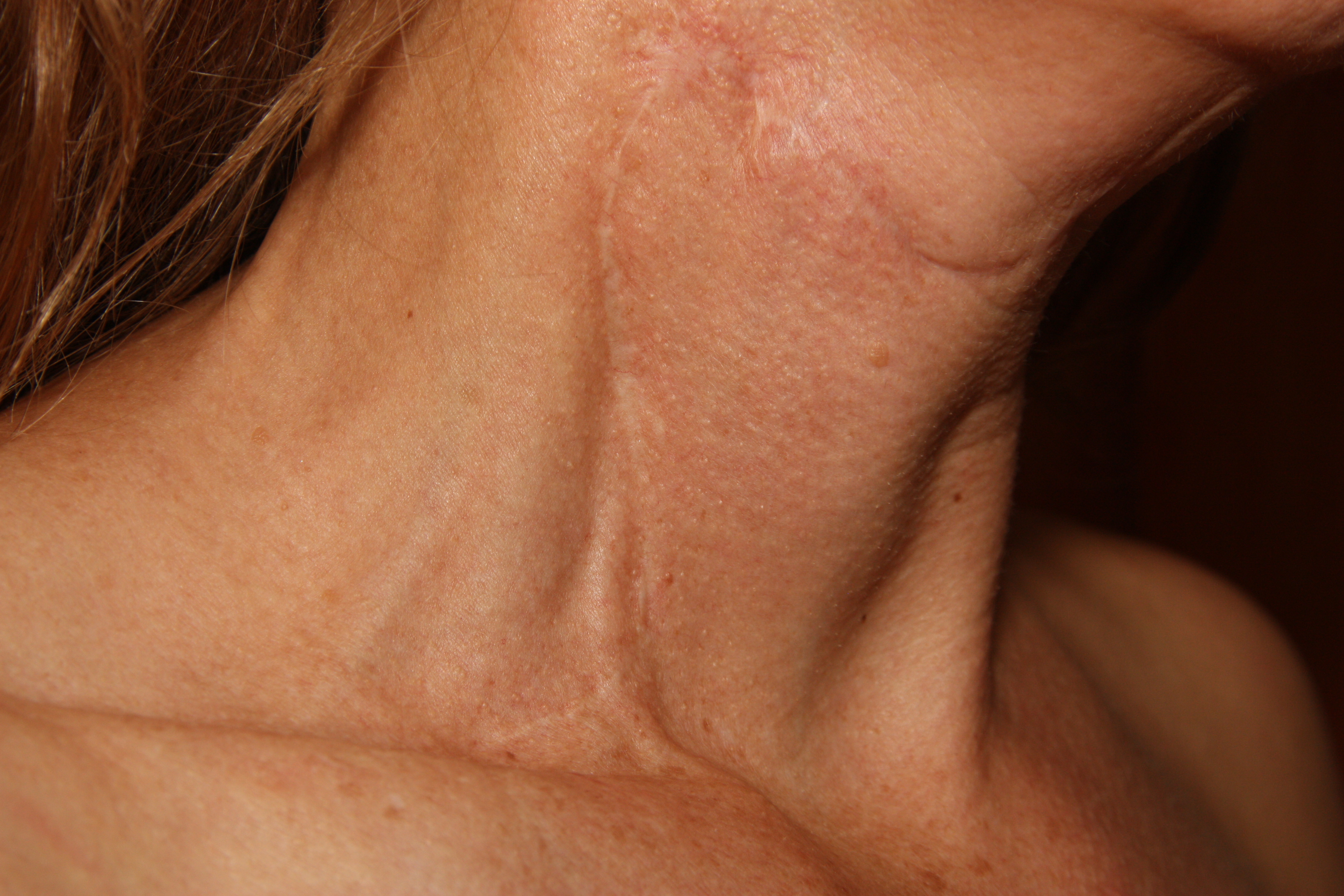Springing into hope!
At the moment, a primary focus of our collective hope is the improvement in the current situation that has affected us all, globally, for the last year. But today I want to extend that thought, of finding hope in difficult situations, to people suffering with damaging scars and the symptoms created by adhesions.
This is the story of a client who came to me following the removal of a malignant melanoma (Figure 1).
This 48-year-old woman presented with emotional issues and recent difficulties in concentrating on her job as an accountant (which she had previously enjoyed), following the death of her husband the previous year.
Medical history and general health
7 years before presenting: excision of mole on the right side of her throat.
6 years before: lymph node biopsy (same region)
5 years before: Excision of malignant melanoma and stage 3 lymph gland carcinoma (same region). Road traffic accident with probable neck whiplash.
Treatment
After examination, it was considered likely that adhesions had developed between the original scar and the sternocleidomastoid muscle. Also, possible involvement with the jugular vein, hyoid bone and various fascial tissues.
This client had a 1.5 hour session of ScarWork, in which ScarWork just two light and painless techniques were used. As she felt distraught with grief, a lot of that time was spent on integration and relaxation to help on the emotional as well as the physical level.
During part of the treatment, she could feel a tracking sensation through the internal scar, and then continued to feel a sense of movement in this region for the next few weeks “as though it was readjusting itself”.
After treatment, the client experienced an excruciating headache “like the worst migraine ever”, that she felt was similar to one which had occurred after the surgery. Although an occasional migraine sufferer, she reported this as much more severe than normal; eventually relieved by analgesia. [This eventually passed and could be considered to have been a ‘healing crisis’.]
In summary, she considered that the treatment had “done far more than any 1.5 hour treatment should” and felt emotionally freer as well as relief from the scar’s physical improvement. (See Figure 2 where evident change to the scar has taken pressure off the underlying structures and is less obvious to the eye).
This partial case study is excerpted from Scars, Adhesions and the Biotensegral Body, case study no. 1. Published by Handspring Publishing, May 2020 and by their kind permission.
HOW CAN WE HELP YOU?
ScarWork – we have two therapists at Body in Harmony Clinic. Please click here for more information.
Email info@bodyinharmony.org.uk to discuss how we can help you.
LINKS TO SOURCES Scars, Adhesions and the Biotensegral Body – Handspring Publishing


